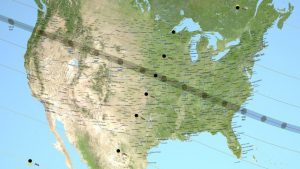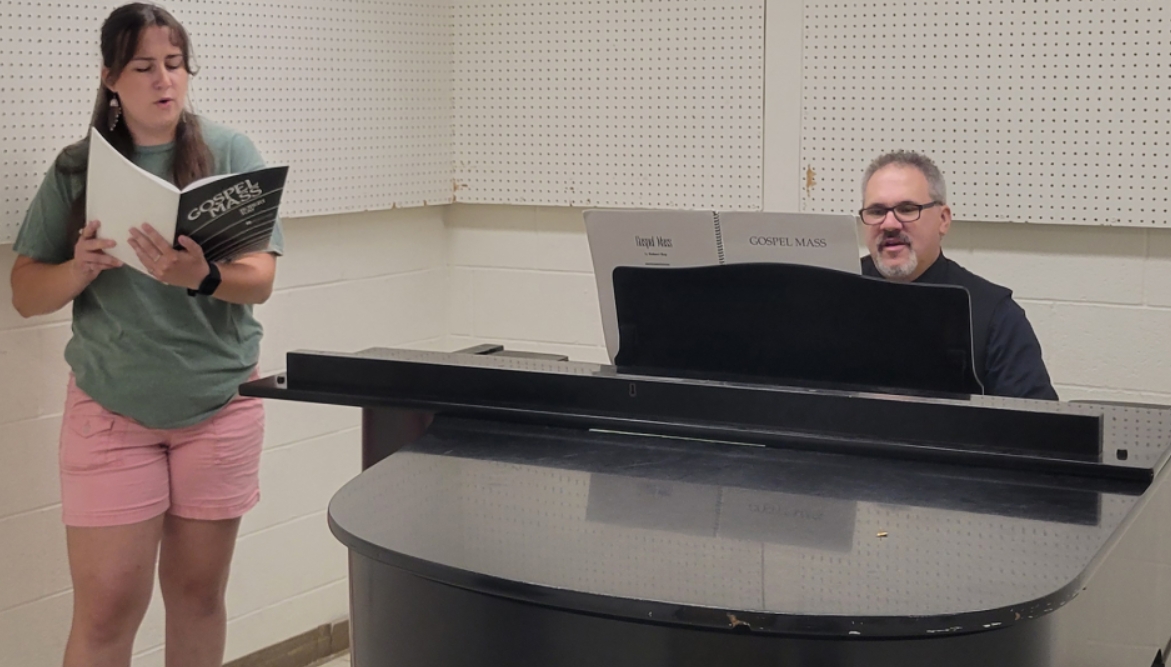By Kendrick Jackson, Contributing Writer
Can you name something that occurs twice a year? We do adjust our clocks biannually to accommodate daylight savings, but I am not referring to this practice. A solar eclipse happens at least twice a year, and Americans will get to experience a rarity this year.
On Monday, Aug. 21, 2017, the United States will get to experience their first total solar eclipse in the last 26 years. The last total solar eclipse to occur in the U.S. was Feb. 26, 1979.
A total solar eclipse transpires when the moon covers the entire disk of the sun, temporarily darkening the sky. However, not everyone in the U.S. will get to encounter the total solar eclipse, only the residents of cities within the path of totality.
The path of totality of this total solar eclipse will span within 14 states, ranging from Oregon to South Carolina. Fortunately, citizens and tourists residing in the continental U.S., outside of Alaska, that is not in the path of totality will still get to experience a partial solar eclipse.

During a partial solar eclipse, the moon only covers a small part of the sun, sometimes resembling the waning or waxing crescent phrases during the moon cycle. Unlike a total solar eclipse, people are not able to look a partial solar eclipse with the naked eye.
Due to the sun’s harmful ultraviolet radiation, gazers should wear eye protection. Stores and online websites have eyeglasses specifically made for eclipses. Without this eye protection, viewers may experience retinal damage or even blindness.
For those experiencing the total solar eclipse, it would be best if you do not blink because the eclipse will not last long. Projections predict the eclipse will only last two or two and a half minutes, depending on which city you are located within the path of totality.
A total solar eclipse occurs about every 18 months, but it will be awhile until the U.S. gets to experience one again. The next projected total solar eclipse to occur in the U.S. will happen on April 8, 2024, approximately 7 years from now.
Mountaineers will only get to experience a partial solar eclipse on Aug. 21, but it will be visible from anywhere across the state. Do not forget your eclipse glasses!
Photo credit: Associated Press







